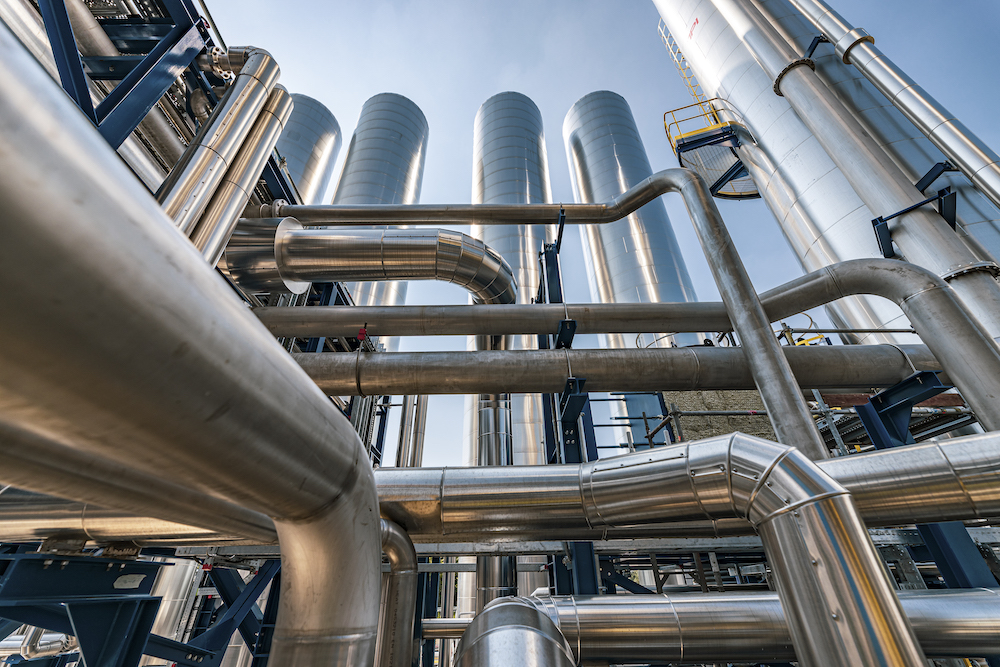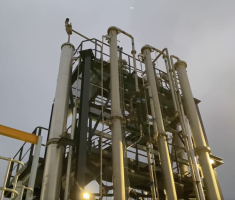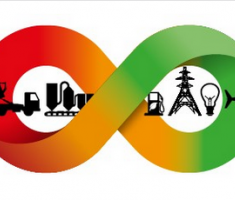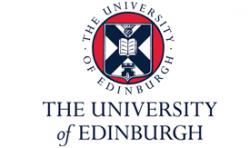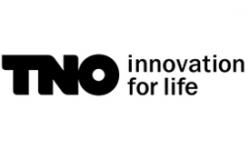No time to waste: WtE operators in the Netherlands turn up the heat on decarbonisation
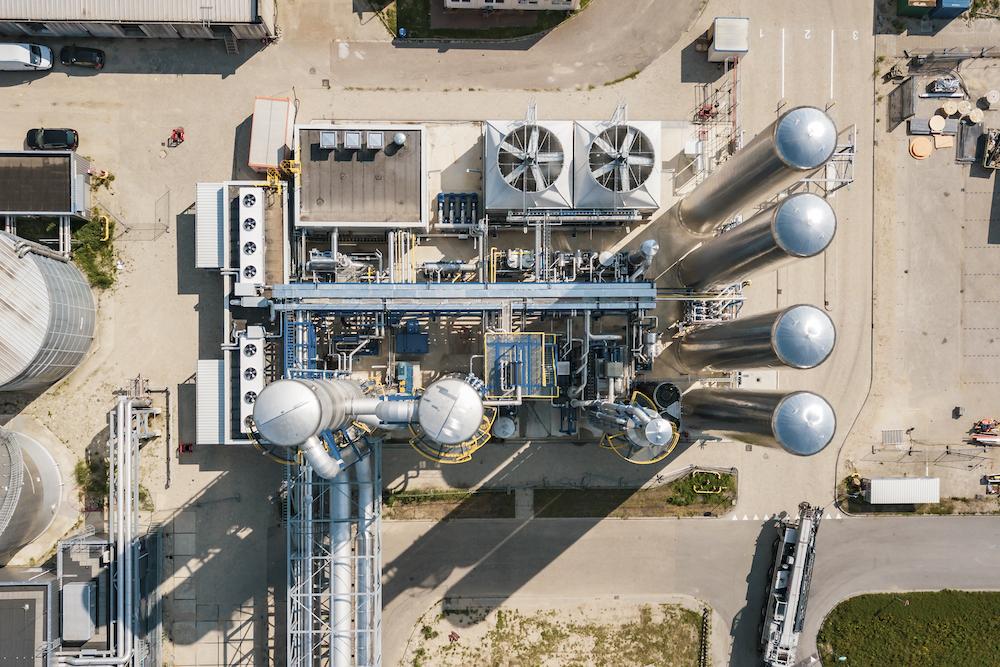
The process of turning non-recyclable waste into energy and raw materials through incineration has been under way in Europe for some time but, as well as diverting waste from landfill, it can also play its part in climate action.
Waste-to-energy (WtE) works alongside recycling in helping EU nations meet the Landfill Directive, which aims to reduce the amount of waste being landfilled. Sorted waste that cannot be recycled is channelled to incineration plants, where state-of-the-art technology converts it into energy while removing pollutants.
In 2019, 48% of municipal waste was recycled and composted. Just under a quarter was sent to landfill – with resulting methane emissions contributing to global warming – while the remaining 27% was sent to WtE plants, providing energy without the need to burn fossil fuels.
Now, the advent of carbon capture and storage (CCS) and carbon capture and utilisation (CCU) could bring additional climate protection if WtE operators start building the technology into their decarbonisation strategies – which is exactly what is happening in the Netherlands.
We spoke to three experts from WtE companies operating in the Netherlands about decarbonisation ambitions and plans for integrating CCS and CCU.
Hans Wassenaar, AVR Senior Project Manager, Energy & Residues
What are AVR’s climate neutral ambitions?
Our operations are on the way to being energy neutral and, by using non-recyclable waste to generate electricity, steam and heat, we’re avoiding the use of fossil fuels to generate power. By recovering raw materials for reuse, we’re helping to reduce CO2 emissions from the production of new materials, and 58% of our CO2 emissions are biogenic, which means that capturing these could deliver negative emissions [the capture and permanent storage of biogenic carbon]. We capture as much of our own CO2 as possible and our goal is to be carbon neutral by 2050.
Is your company considering CCS/CCU?
AVR is actually the first European WtE company to have deployed carbon capture technology. We started capturing CO2 in 2019 at our Duiven plant in the eastern Netherlands and have been supplying the gas to various greenhouse horticulturists, where it supports more sustainable cultivation of flowers, vegetables and plants by reducing their use of natural gas. We now capture around 12 tonnes per hour (tph) of CO2 at Duiven and the capture installation itself has a total capacity of 100,000 tonnes per year, which is quite impressive.
Are you considering any other paths for the CO2?
Besides CO2 to horticulture, we’re currently investigating a CCS route by sending captured CO2 for permanent geological storage. CCS contributes to emission reduction and so can be offset against the Dutch carbon tax on industrial emissions, whereas CO2 used for CCU – in our case, horticulture – isn’t classed as what is known as scope 1 emission reduction.
Any key opportunities or challenges to your plans?
In order to fulfil CCS, we will need access to viable and affordable transport and storage infrastructure. If that becomes available then we can consider scaling up our capture technology to 55tph of CO2 in the case of the RZB Rozenburg capture plant. The Dutch government subsidy, SDE++, applies to sustainable energy production and climate transition. Waste-to-energy isn’t eligible but the subsidy does cover low-carbon production with CCS and/or CCU.
JGP Born, Business Development
What is your company’s decarbonisation strategy?
Our plans for net zero include rolling out renewable energy, conducting more recycling of our waste streams and deploying carbon capture on WtE from the remaining non-recyclable waste.
Is your company looking to integrate CCS/CCU into operations?
We already have a capture pilot plant running at 0.5 tph of CO2 and we’re now planning to build a bigger plant. We’ve now completed a front-end engineering and design study for capturing 15 tph and our request for an SDE++ subsidy has been submitted along with the necessary permit request. If successful, then we plan to deliver captured CO2 to horticulture businesses.
Which carbon capture technologies are you considering and why?
Amine-based solvents are already in use and will be applied in the full-scale plant. The purity of the resulting CO2 is essential since it will be used in a working environment. Hence, we’ve chosen solvent-based technology and liquefaction.
Do you foresee any challenges to these plans?
Emissions from degraded solvents are a potential issue so solvent management will be a key topic to be tackled over the next two to three years. If we don’t succeed in this, societal opposition towards carbon capture will be fatal for this technology.
Sarah Endres, Project Manager Business Development
What are EEW’s plans for achieving its sustainability ambitions?
It’s important that we face the enormous challenge posed by climate change and we can do that through sustainable innovation and strengthening the recycling economy. We’ve set concrete goals by which we can measure our performance. We aim to optimise equipment efficiency to 94% and apply CCS and CO2 utilisation. We also intend to enhance our energy efficiency and increase the proportion of renewable energy used at our plants. Since 2018, we’ve published an annual sustainability report, which provides the detail, and these are available on our website.
What stage are you at with CCS and CCU plans?
We are currently at the design stage of retrofitting carbon capture into existing plant in order to achieve our emission reduction target. We’re considering which capture technology to use; this could be amine scrubbing technology because of its high TRL level and low technological risk.
Where will the resulting captured CO2 be stored and/or used?
We’re looking at a three-stranded approach – partly long-term geological CO2 storage, partly CO2 utilisation for our own project to recycle sodium bicarbonate from flue gas cleaning residues and partly third-party utilisation, which is yet to be specified.
What challenges do you face in realising these plans?
Decarbonising is part of our future policy to become more sustainable but we need to make a decision on the amine capture technology and the ultimate destination of our CO2 is uncertain due to an unclear legal and market situation for both for CCS and CCU – clarity on this would be helpful. The availability of funding is, of course, another key concern.
Photos: AVR Duiven plant. Credit: AVR

